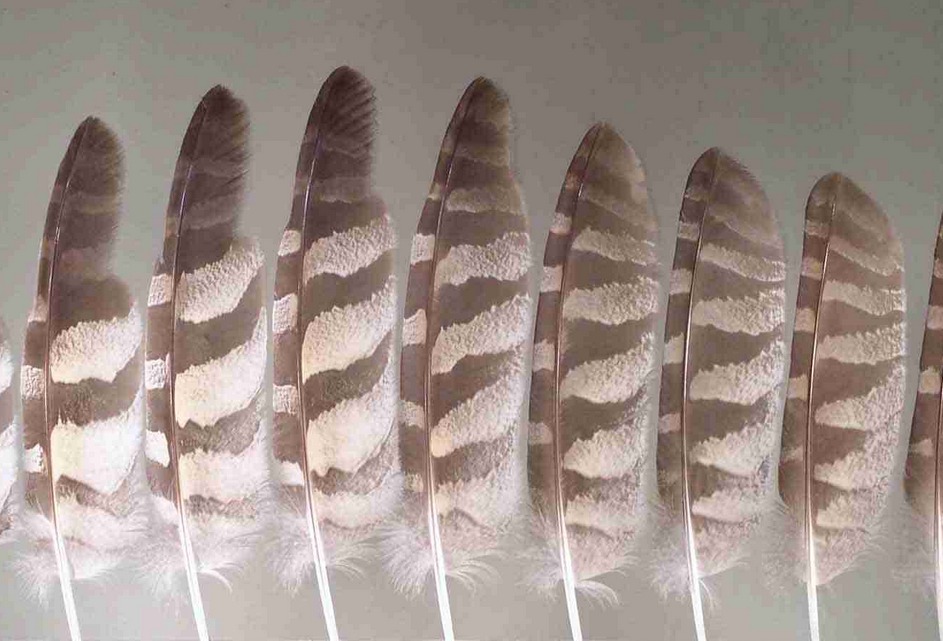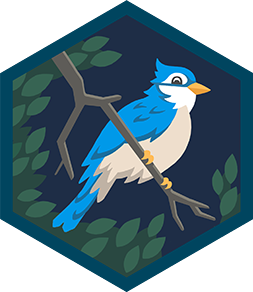Identify a bird feather
Find a bird feather outside, observe its size, shape, color, and barbs, measure and sketch it, then compare features to field guide pictures.



Step-by-step guide to identify a bird feather
How to Identify Bird Feathers in the Field | KNOW #37
Step 1
Go outside with an adult to a place birds visit like a yard park or near trees.
Step 2
Look carefully on the ground under trees bushes and near bird feeding spots for a loose feather.
Step 3
Pick the loose feather up gently and lay it flat on your tray or paper.
Step 4
Measure the feather length from tip to base with the ruler and write the number on your paper in centimeters or inches.
Step 5
Measure the feather width at the widest point and write that number next to the length.
Step 6
Hold the feather up to the light and look at its overall shape then note if it is symmetrical or tapered on your paper.
Step 7
Look closely at the feather color and pattern and write down the main colors and any stripes spots or edges.
Step 8
Use the magnifying glass to inspect the barbs and shaft and write whether the barbs are smooth hooked or fluffy.
Step 9
Draw a neat sketch of the feather to scale on your paper using the ruler for size.
Step 10
Label your sketch with the measured numbers colors shape and notes about the barbs.
Step 11
Compare your sketch and notes to pictures in a field guide or online and write which bird you think the feather came from and why.
Step 12
Share your finished creation on DIY.org
Final steps
You're almost there! Complete all the steps, bring your creation to life, post it, and conquer the challenge!


Help!?
What can we use instead of a magnifying glass, ruler, or tray if we don't have them?
Use a smartphone camera's zoom or a cheap jeweler's loupe in place of the magnifying glass, a measuring tape or a credit card/coin placed next to the feather as a size reference instead of a ruler, and a flat piece of cardboard or a baking sheet instead of a tray.
What should we do if the feather keeps blowing away or the barbs are too hard to see when inspecting?
Secure your paper with a rock or clip and weight the feather with a clean bottle cap while you measure, and inspect barbs by holding the feather up to a bright window or using your phone camera zoom to read whether barbs are smooth, hooked, or fluffy as the instructions ask.
How can we adapt the activity for younger children or for older kids who want more challenge?
For toddlers skip precise measurements and have them trace, color, and name the feather's main colors, for elementary kids follow the measuring and labeling steps in cm/inches and draw to scale, and for teens add detailed comparisons to a field guide or online sources and write the why for the bird identification.
How can we extend or personalize the project after finishing the sketch and ID?
Turn your labeled sketch and measurements into a mini field guide or dated feather collection box, photograph each feather and upload your finished creation to DIY.org as suggested, or make a watercolor painting from your drawing to personalize the outcome.
Watch videos on how to identify a bird feather
Different types of birds feathers 🪶🪶🪶#animals
Facts about birdwatching and feather identification
📏 A feather's length and shape often correlate with the bird's size and flying style — big, stiff feathers usually belong to big flyers.
🐦 Different feather types (flight, tail, contour) give strong clues about which bird they came from.
🎨 Feather color can come from pigments or microscopic structures that create iridescence and bright blues or greens.
🪶 Feathers are made mostly of keratin — the same tough protein as your hair and nails.
🔬 Tiny hooked barbules hold the feather's barbs together like a zipper; you can spot them with a magnifying glass.
How do I do the 'Identify a bird feather' activity with my child?
What materials do I need to identify a bird feather?
What ages is this bird feather activity suitable for?
What safety tips should parents know when finding and identifying feathers?


One subscription, many ways to play and learn.
Only $6.99 after trial. No credit card required



